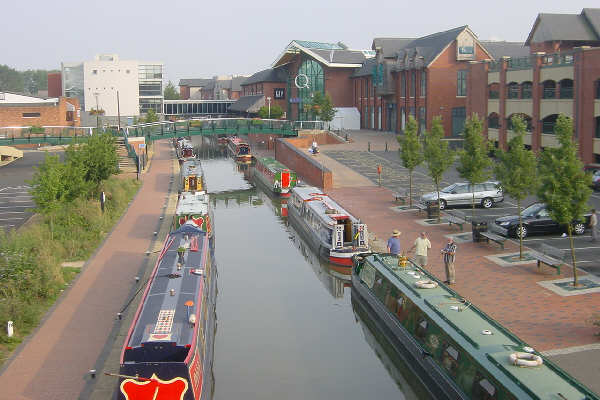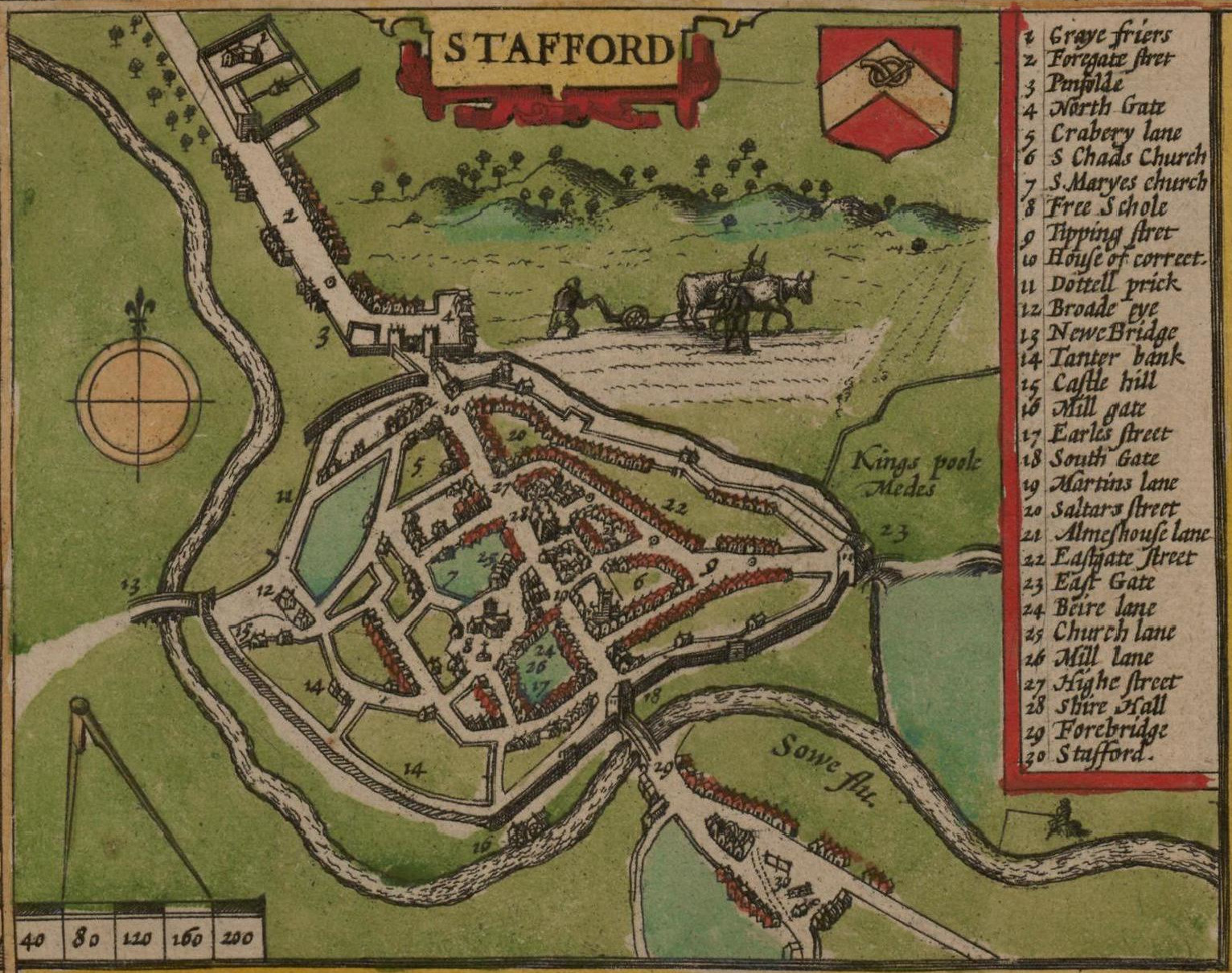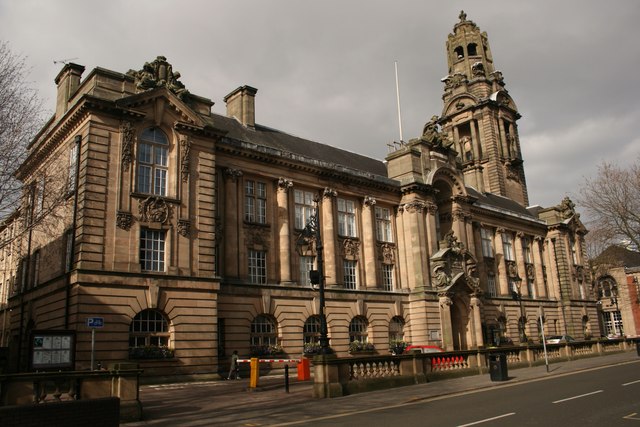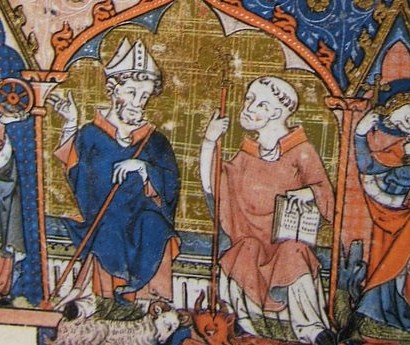|
Midland Red
Midland Red was a bus company that operated in the Midlands of England from 1905 until 1981. It was one of the largest English bus companies, operating over a large area between Gloucester in the south and Derbyshire in the north, and from Northampton to the Welsh border. The company also manufactured buses. History Origins In 1899 the British Electric Traction (BET) company acquired the assets of the Birmingham General Omnibus Company, which had been formed three years earlier to acquire a number of horse bus operations in Birmingham. When BET ordered new buses for Birmingham the next year, they were painted red to make them stand out. In 1902 BET acquired the City of Birmingham Tramways Company, which operated horse buses as well as trams.Birmingham and M ... [...More Info...] [...Related Items...] OR: [Wikipedia] [Google] [Baidu] |
Edgbaston
Edgbaston () is a suburb of Birmingham, West Midlands (county), West Midlands, England. It lies immediately south-west of Birmingham city centre, and was historically in Warwickshire. The Ward (electoral subdivision), wards of Edgbaston and North Edgbaston had a combined population of 42,295 at the 2021 census. Edgbaston is the location of Edgbaston Cricket Ground, the University of Birmingham, Birmingham Botanical Gardens, England, Birmingham Botanical Gardens, and the Edgbaston Archery and Lawn Tennis Society, the oldest Tennis, lawn tennis club in the world. Etymology Edgbaston means "village of a man called Ecgbald", from the Old English language, Old English personal name + ''tun'' "farm". The personal name'' Ecgbald'' means "bold sword" (literally "bold edge"). The name was recorded as a village known as ''Celboldistane'' in the Hundred (county division), Hundred of Hemlingford (hundred), Coleshill in the 1086 Domesday Book until at least 1139, wrongly suggesting that Old ... [...More Info...] [...Related Items...] OR: [Wikipedia] [Google] [Baidu] |
Birmingham Corporation Tramways
Birmingham Corporation Tramways operated a network of tramways in Birmingham from 1904 until 1953. It was the largest narrow-gauge tramway network in the UK, and was built to a gauge of . It was the fourth largest tramway network in the UK behind London, Glasgow and Manchester. There were a total of 843 trams (with a maximum of 825 in service at any one time), 20 depots, 45 main routes and a total route length of . Birmingham Corporation built all the tramways and leased the track to various companies. Birmingham was a pioneer in the development of reserved trackways which served the suburban areas as the city grew in the 1920s and 1930s. History The first trams operated in Birmingham from 1872, and the network expanded throughout the late 19th century. Initially these were horse and steam operated, the first electric trams operated from 1901. Under the terms of the Tramways Act 1870 ( 33 & 34 Vict. c. 78) the Birmingham Corporation owned all of the tracks within the city ... [...More Info...] [...Related Items...] OR: [Wikipedia] [Google] [Baidu] |
Nuneaton
Nuneaton ( ) is a market town in Warwickshire, England, close to the county border with Leicestershire to the north-east.OS Explorer Map 232 : Nuneaton & Tamworth: (1:25 000) : Nuneaton's population at the 2021 United Kingdom census, 2021 census was 88,813, making it the List of Warwickshire towns by population, largest town in Warwickshire. Nuneaton's urban area, which also includes the large villages of Bulkington and Hartshill, had a population of 99,372 at the 2021 census. Nuneaton gained its name from a medieval nunnery which was established in the 12th century, when it became a small market town. It later developed into an important industrial town due to ribbon weaving and coal mining. The author George Eliot was born on a farm on the Arbury Hall, Arbury Estate just outside Nuneaton in 1819 and lived in the town for much of her early life. Her novel ''Scenes of Clerical Life'' (1858) depicts Nuneaton. The George Eliot Hospital is named after her, and there is also a stat ... [...More Info...] [...Related Items...] OR: [Wikipedia] [Google] [Baidu] |
Shrewsbury
Shrewsbury ( , ) is a market town and civil parish in Shropshire (district), Shropshire, England. It is sited on the River Severn, northwest of Wolverhampton, west of Telford, southeast of Wrexham and north of Hereford. At the 2021 United Kingdom census, 2021 census, the parish had a population of 76,782. It is the county town of the ceremonial county of Shropshire. Shrewsbury has Anglo-Saxons, Anglo-Saxon roots and institutions whose foundations, dating from that time, represent a cultural continuity possibly going back as far as the 8th century. The centre has a largely undisturbed medieval street plan and over 660 Listed buildings in Shrewsbury, listed buildings, including several examples of timber framing from the 15th and 16th centuries. Shrewsbury Castle, a red sandstone fortification, and Shrewsbury Abbey, were founded in 1074 and 1083 respectively by the Normans, Norman Earl of Shrewsbury, Roger de Montgomery. The town is the birthplace of Charles Darwin. It has ... [...More Info...] [...Related Items...] OR: [Wikipedia] [Google] [Baidu] |
Bromsgrove
Bromsgrove is a town in Worcestershire, England, about north-east of Worcester and south-west of Birmingham city centre. It had a population of 34,755 in at the 2021 census. It gives its name to the wider Bromsgrove District, of which it is the largest town and administrative centre. In the Middle Ages, it was a small market town, primarily producing cloth through the early modern period. In the eighteenth and nineteenth centuries, it became a major centre for nail making. History Anglo-Saxon Bromsgrove is first documented in the early ninth century as Bremesgraf. An ''Anglo-Saxon Chronicle'' entry for 909 AD mentions a ''Bremesburh''; possibly also referring to Bromsgrove. The Domesday Book of 1086 references ''Bremesgrave''. The name means ''Bremi's grove''. The grove element may refer to the supply of wood to Droitwich for the salt pans. During the Anglo-Saxon period the Bromsgrove area had a woodland economy; including hunting, maintenance of haies and pig farming. A ... [...More Info...] [...Related Items...] OR: [Wikipedia] [Google] [Baidu] |
Banbury
Banbury is an historic market town and civil parish on the River Cherwell in Oxfordshire, South East England. The parish had a population of 54,335 at the 2021 Census. Banbury is a significant commercial and retail centre for the surrounding area of north Oxfordshire and southern parts of Warwickshire and Northamptonshire which are predominantly rural. Banbury's main industries are motorsport, car components, electrical goods, plastics, food processing and printing. Banbury is home to the world's largest coffee-processing facility ( Jacobs Douwe Egberts), built in 1964. The town is famed for Banbury cakes, a spiced sweet pastry. Banbury is located north-west of London, south-east of Birmingham, south-east of Coventry and north-west of Oxford. Toponymy The name Banbury may derive from "Banna", a Saxon chieftain said to have built a stockade there in the 6th century (or possibly a byname from meaning ''felon'', ''murderer''), and / meaning ''settlement''. In Anglo Sa ... [...More Info...] [...Related Items...] OR: [Wikipedia] [Google] [Baidu] |
Stafford
Stafford () is a market town and the county town of Staffordshire, England. It is located about south of Stoke-on-Trent, north of Wolverhampton, and northwest of Birmingham. The town had a population of 71,673 at the 2021–2022 United Kingdom censuses, 2021 census, and is the main settlement within the larger Borough of Stafford, which had a population of 136,837 in 2021. Stafford has Anglo-Saxons, Anglo-Saxon roots, being founded in 913, when Æthelflæd, List of monarchs of Mercia, Lady of the Mercians founded a defensive burh, it became the county town of Staffordshire soon after. Stafford became an important market town in the Middle Ages, and later grew into an important industrial town due to the proliferation of shoemaking, engineering and electrical industries. History Ancient Prehistoric finds suggest scattered settlements in the area, whilst south-west of the town lies an British Iron Age, Iron Age hill fort at Berry Ring. There is also evidence of Roman Brit ... [...More Info...] [...Related Items...] OR: [Wikipedia] [Google] [Baidu] |
Hereford
Hereford ( ) is a cathedral city and the county town of the ceremonial county of Herefordshire, England. It is on the banks of the River Wye and lies east of the border with Wales, north-west of Gloucester and south-west of Worcester. With a population of 61,900 in 2024, it is the largest settlement in Herefordshire. An early town charter from 1189, granted by Richard I of England, describes it as "Hereford in Wales". Hereford has been recognised as a city since time immemorial, with the status being reconfirmed in October 2000. Hereford has been a civil parish since 2000. Products from Hereford include cider, beer, leather goods, nickel alloys, poultry, chemicals and sausage rolls, as well as the Hereford breed of cattle. Toponymy The Herefordshire edition of Cambridge County Geographies states "a Welsh derivation of Hereford is more probable than a Saxon one", but the name "Hereford" is also said to come from the Anglo-Saxon "''here''", an army or formation of s ... [...More Info...] [...Related Items...] OR: [Wikipedia] [Google] [Baidu] |
Wolverhampton
Wolverhampton ( ) is a city and metropolitan borough in the West Midlands (county), West Midlands of England. Located around 12 miles (20 km) north of Birmingham, it forms the northwestern part of the West Midlands conurbation, with the towns of Walsall to the east and Dudley to the south. The population in 2021 was 263,700, making it the third largest city in the West Midlands after Birmingham and Coventry. Historic counties of England, Historically in Staffordshire, Wolverhampton grew as a market town specialising in the wool trade. During the Industrial Revolution, it became a major centre for coal mining, steel production, lock making, and automotive manufacturing; the economy of the city is still based on engineering, including a large aerospace industry, as well as the Tertiary sector of the economy, service sector. The city is also home to the University of Wolverhampton. A town for most of its history, it gained city status in the United Kingdom, city status in 2000. The ... [...More Info...] [...Related Items...] OR: [Wikipedia] [Google] [Baidu] |
Coventry
Coventry ( or rarely ) is a City status in the United Kingdom, cathedral city and metropolitan borough in the West Midlands (county), West Midlands county, in England, on the River Sherbourne. Coventry had been a large settlement for centuries. Founded in the early Middle Ages, its city status was formally recognised in a charter of 1345. The city is governed by Coventry City Council, and the West Midlands Combined Authority. Historic counties of England, Formerly part of Warwickshire until 1451, and again from 1842 to 1974, Coventry had a population of 345,324 at the 2021 census, making it the tenth largest city in England and the 13th largest in the United Kingdom. It is the second largest city in the West Midlands (region), West Midlands region, after Birmingham, from which it is separated by an area of Green belt (United Kingdom), green belt known as the Meriden Gap; it is the third largest in the wider Midlands after Birmingham and Leicester. The city is part of a larger ... [...More Info...] [...Related Items...] OR: [Wikipedia] [Google] [Baidu] |
Walsall
Walsall (, or ; locally ) is a market town and administrative centre of the Metropolitan Borough of Walsall, in the West Midlands (county), West Midlands, England. Historic counties of England, Historically part of Staffordshire, it is located north-west of Birmingham, east of Wolverhampton and south-west of Lichfield. Walsall was transferred from Staffordshire to the newly created West Midlands county in 1974. At the United Kingdom 2011 census, 2011 census, the town's built-up area had a population of 67,594, with the wider borough having a List of English districts by population, population of 269,323. Neighbouring settlements in the borough include Darlaston, Brownhills, Pelsall, Willenhall, Bloxwich and Aldridge. History Early settlement The name ''Walsall'' is derived from "Walhaz, Walh halh", meaning "valley of the Welsh", referring to the Celtic Britons, British who first lived in the area. Later, it is believed that a manor was held here by William Fitz-Anscu ... [...More Info...] [...Related Items...] OR: [Wikipedia] [Google] [Baidu] |
Worcester, England
Worcester ( ) is a cathedral city in Worcestershire, England, of which it is the county town. It is south-west of Birmingham, north of Gloucester and north-east of Hereford. The population was 103,872 in the 2021 census. The River Severn flanks the western side of the city centre, overlooked by Worcester Cathedral. Worcester is the home of Royal Worcester, Royal Worcester Porcelain, Lea & Perrins (makers of traditional Worcestershire sauce), the University of Worcester, and ''Berrow's Worcester Journal'', claimed as the world's oldest newspaper. The composer Edward Elgar (1857–1934) grew up in the city. The Battle of Worcester in 1651 was the final battle of the English Civil War, during which Oliver Cromwell's New Model Army defeated Charles II of England, King Charles II's Cavalier, Royalists. History Early history The trade route past Worcester, later part of the Roman roads in Britain, Roman Ryknild Street, dates from Neolithic times. It commanded a ford crossing o ... [...More Info...] [...Related Items...] OR: [Wikipedia] [Google] [Baidu] |












